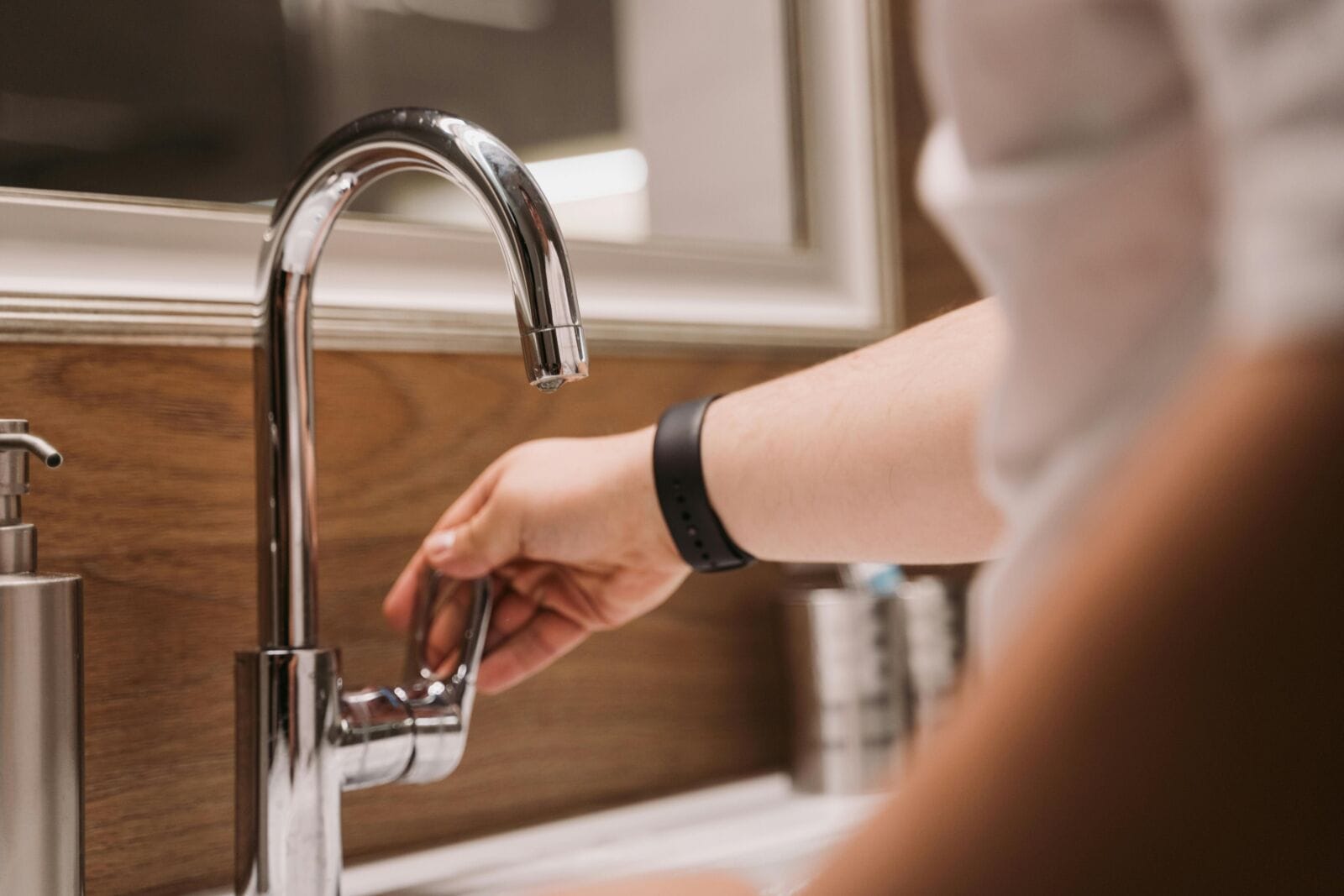Plumbing in residential spaces is entering a new era of care and design. Instead of viewing it as an afterthought, homeowners and professionals are beginning to see it as part of the home’s long-term stability. Maintenance is becoming intentional, focused on prevention, smarter materials, and thoughtful construction that makes future repairs easier.
In this approach, the goal is steady performance rather than emergency fixes. Modern plumbing practices emphasize early detection, sustainable choices, and collaboration between homeowners and service experts. As such, this means treating plumbing as a living system that requires consistent attention, not a network of pipes that’s ignored until something breaks.
Age-Related Infrastructure Challenges
Older homes often hold unseen plumbing problems that develop slowly over decades. Materials like galvanized steel or cast iron deteriorate with time, leading to reduced pressure, leaks, and water quality issues. Such systems weren’t designed to meet today’s standards for usage or efficiency, which makes upkeep more complex.
A clear understanding of how older homes affect plumbing longevity helps guide better maintenance planning. It encourages inspections that focus on high-risk areas, selective upgrades using stronger materials, and long-term repair strategies that preserve the home’s structure while improving performance.
DEEPER DIVE: Top 10 Arizona ZIP codes people are moving to in 2025
LOCAL NEWS: 100 best places to work and live in Arizona for 2025
Preventive Care Over Reactive Repairs
Regular maintenance has become a form of protection rather than a response. Small, routine checks catch corrosion, blockages, and wear before they turn into larger problems. This approach extends the lifespan of the entire system while keeping costs predictable.
Plumbers now use scheduled evaluations and water flow assessments to plan maintenance throughout the year. It’s a simple change in habit, like acting before a leak happens, that saves homeowners from expensive damage and unnecessary replacements.
Clear Communication for Better Outcomes
Repair quality often depends on how clearly information is shared. When plumbers explain the condition of a system and the reasoning behind a repair, homeowners make smarter decisions. Open discussions about materials, repair options, and pricing remove confusion and build trust.
Clear communication also creates consistency. It helps homeowners understand ongoing maintenance needs instead of waiting for another emergency call. Collaboration turns plumbing care into a partnership rather than a service request.
Predictive Repair and Data Insights
Maintenance is gradually moving toward precision. Through flow monitoring and sensor data, plumbers can detect irregular pressure or water loss early. Insights reveal where pipes are straining or where small leaks might form, allowing professionals to act with accuracy.
Predictive repair schedules replace guesswork with measurable indicators. Combining regular observation with data-driven insights enables plumbers to prevent failures before they happen, saving time, cost, and resources while keeping the system running efficiently.
Trenchless and Non-Invasive Techniques
Modern repair methods are designed to solve problems with minimal disruption. Techniques like pipe relining, cured-in-place liners, and targeted excavation reduce the need to tear through walls or dig up lawns. They fix or reinforce existing systems without altering the property’s structure.
These approaches save time and restore function quickly, often within a single day. For homeowners, that means fewer repairs that damage flooring or landscaping, and for older properties, it preserves original materials while extending plumbing life.
Smarter Design for Easier Access
New residential construction is being designed with maintenance in mind. Plumbing lines are placed strategically for easy access, using straight routes, removable panels, and well-labeled shutoffs. This design approach makes it simpler for plumbers to reach problem areas without major disruption.
The idea is to plan for future repairs from the start. When plumbing systems are installed with visibility and accessibility as priorities, routine maintenance becomes faster, less invasive, and more affordable. It’s a practical change that saves years of frustration down the line.
Homeowner Education and Awareness
Many plumbing issues can be prevented through simple awareness. Teaching homeowners how to spot warning signs, like slow drains, fluctuating water pressure, or discolored water, can prevent major failures. Clear guidance on maintenance schedules and responsible water habits helps extend the system’s lifespan.
Workshops, local programs, and online resources are making plumbing knowledge more accessible. When people understand how their systems work, they’re more proactive about care, and that creates longer-lasting, more reliable infrastructure at the household level.
Water Efficiency as a Core Priority
Water conservation is shaping how repairs and upgrades are planned. Every fix or replacement is now evaluated through the lens of efficiency, reducing waste without compromising performance. Low-flow fixtures, pressure-regulated valves, and balanced distribution systems have become standard choices.
This focus benefits both the homeowner and the environment. Efficient plumbing reduces bills, conserves water sources, and supports modern sustainability goals. It’s a simple but meaningful shift from fixing leaks to managing water as a limited resource.
Eco-Conscious Retrofits for Older Homes
Older homes don’t have to lag behind modern efficiency standards. Eco-conscious retrofits make it possible to upgrade aging plumbing systems without extensive reconstruction. Combining new materials with existing infrastructure allows plumbers to strengthen performance while reducing waste.
Retrofits often include replacing outdated pipes, improving insulation, and installing smarter control valves. The approach respects the integrity of older architecture while bringing it up to current environmental and safety expectations. It’s preservation and progress working together.
Restoration Over Full Replacement
Not every plumbing problem requires a complete overhaul. Many modern strategies focus on restoring existing systems instead of tearing them out. Relining, sealing, and reconfiguring specific problem areas can return full function at a fraction of the cost and disruption.
Restoration emphasizes sustainability, as it uses fewer materials, generates less waste, and extends the service life of existing systems. Homeowners benefit from quicker, cleaner solutions, and the environment benefits from reduced construction impact.
High-Quality, Recyclable Materials
The materials used in plumbing today are built for longevity and reuse. PEX tubing, recycled copper, and advanced polymer fittings resist corrosion and scaling better than older alternatives. They’re also easier to recycle, reducing the long-term environmental footprint.
Choosing high-quality components means building systems that age well and stay serviceable. This focus on better materials creates a foundation for maintenance that’s simpler, cleaner, and more sustainable over time.
Residential plumbing maintenance is evolving into something more thoughtful, sustainable, and collaborative. Homeowners are learning to take part in upkeep, plumbers are using smarter methods and materials, and design choices are being made with the future in mind. The emphasis is shifting from reaction to readiness, from short-term fixes to long-term performance. The result is a system that lasts longer, wastes less, and supports healthier, more efficient living spaces for years to come.




